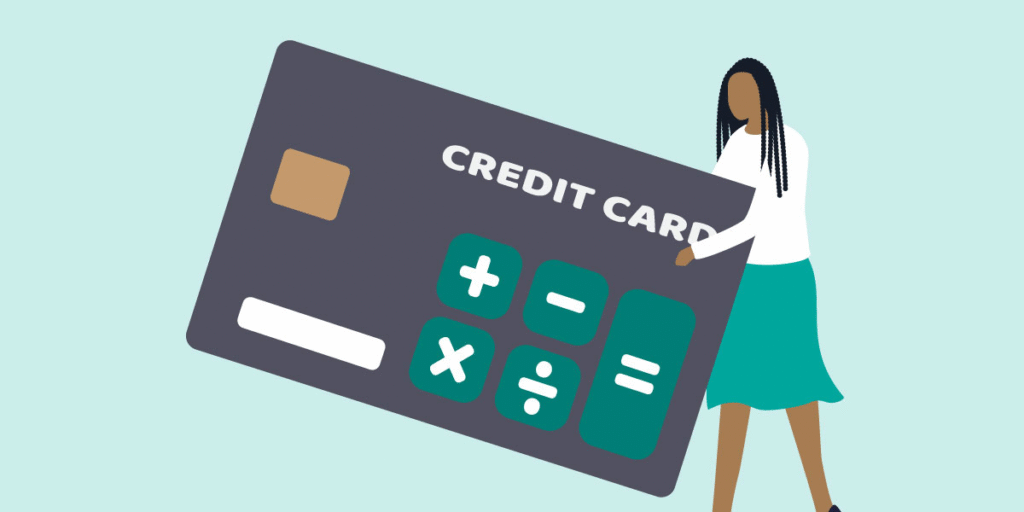The Credit Blueprint: Strategies For Building A Strong Profile
Credit Blueprint Building and maintaining a strong credit profile is one of the most powerful financial tools available today. A well-structured credit profile doesn’t just help you qualify for loans—it can reduce interest rates, improve insurance premiums, support rental applications, and even influence employment opportunities. In this comprehensive guide, we explore how you can develop a solid credit foundation and maintain financial credibility in any economic climate.
Understanding Your Credit Profile

What Is a Credit Profile?
Your credit profile is a detailed record of how you’ve managed borrowed money over time. It includes your credit history, current debts, payment habits, and personal identification details.
Why It Matters
- Loan Approvals: Lenders assess your creditworthiness through your profile.
- Interest Rates: Higher scores usually secure lower interest rates.
- Employment & Housing: Many employers and landlords check credit reports before making decisions.
Components of a Credit Report
1. Personal Information
Includes your name, addresses (past and current), Social Security number, and employment history. It’s used solely for identification purposes.
2. Credit Accounts
Details of credit cards, mortgages, car loans, and student loans—featuring:
- Account types
- Credit limits
- Outstanding balances
- Payment history
3. Credit Inquiries
Shows who has accessed your report and when:
- Hard Inquiries: From applications for new credit (affects score)
- Soft Inquiries: From checks by employers or you (doesn’t affect score)
4. Public Records
Includes bankruptcies, foreclosures, and tax liens. These negatively impact your profile and remain for up to 7–10 years.
The Five Pillars of a Strong Credit Score
Understanding the key factors that influence your credit score helps tailor strategies to improve it effectively.
1. Payment History (35%)
Strategy:
- Always pay bills on time.
- Set up automatic payments or reminders.
- Catch up on past-due accounts.
2. Amounts Owed (30%)
Strategy:
- Keep credit utilization below 30%.
- Pay down credit card balances regularly.
- Avoid maxing out your credit cards.
3. Length of Credit History (15%)
Strategy:
- Keep older accounts open.
- Avoid closing long-standing credit lines.
- Start building credit early if possible.
4. Credit Mix (10%)
Strategy:
- Use a blend of installment (loans) and revolving (credit cards) credit.
- Avoid over-relying on a single type of credit product.
5. New Credit (10%)
Strategy:
- Limit the number of new credit applications.
- Space out credit inquiries.
- Only apply when necessary.
Step-by-Step Credit Building Strategies
Step 1: Review Your Credit Reports
Action Plan:
- Request free reports from Equifax, Experian, and TransUnion via AnnualCreditReport.com.
- Check for errors and dispute inaccuracies.
Step 2: Start Small
Action Plan:
- Apply for a secured credit card or credit-builder loan.
- Make small purchases and pay them off in full monthly.
Step 3: Use Credit Responsibly
Action Plan:
- Keep balances low.
- Make payments before due dates.
- Monitor credit usage ratios.
Step 4: Diversify Credit Use
Action Plan:
- Combine credit cards with installment loans.
- Avoid applying for multiple lines at once.
Step 5: Monitor Progress Regularly
Action Plan:
- Use apps like Credit Karma or your bank’s credit monitoring service.
- Watch for sudden score drops or unusual activity.
Mistakes That Damage Credit Profiles

Ignoring Due Dates
Late payments drastically reduce your score. Set calendar reminders or automate payments.
Maxing Out Credit Cards
A high credit utilization ratio sends red flags to lenders. Pay more than the minimum and consider mid-cycle payments.
Applying for Too Much Credit
Too many hard inquiries can signal financial distress. Only apply for new credit when necessary.
Closing Old Accounts
This shortens your credit history and reduces your overall credit limit. Keep older cards open, especially those with no annual fees.
How Long Does It Take to Build a Strong Credit Profile?
Building excellent credit is a marathon, not a sprint. Here’s a rough timeline:
- 3–6 Months: Enough to generate a score if starting from scratch
- 1 Year: Noticeable improvements with responsible use
- 3–5 Years: Consistent good habits yield strong profiles and scores above 700+
Credit Building Tools and Products
Secured Credit Cards
Perfect for beginners or those with poor credit. You deposit money as collateral, which becomes your credit limit.
Credit Builder Loans
These are small loans where the borrowed money is held in a bank account while you make payments, improving your credit history.
Authorized User Accounts
Being added to someone’s existing credit card (with good history) can boost your score quickly—especially if they have low utilization and on-time payments.
Rent Reporting Services
Platforms like RentTrack or Experian Boost help you build credit using rent and utility payment history.
Tips for Rebuilding Damaged Credit

If you’ve had setbacks—missed payments, collections, or bankruptcy—here are actionable steps:
- Bring Accounts Current: Prioritize overdue debts.
- Negotiate Settlements: Talk to creditors about paying off balances for less.
- Use Secured Credit: Rebuild with a safety net.
- Track Progress: Watch your score and celebrate small wins.
- Avoid Credit Repair Scams: You can do everything legally on your own.
Also Read : How Can Consumer Credit Impact Your Financial Health?
Conclusion
Building a strong credit profile is one of the most rewarding financial decisions you can make. Whether you’re starting from scratch or repairing past damage, success lies in discipline, awareness, and the right strategies. By understanding how credit works and actively managing it, you can open doors to financial flexibility, lower costs, and long-term prosperity. Remember, good credit isn’t just about numbers—it’s a reflection of responsible financial behavior that compounds benefits over time.
Frequently Asked Questions (FAQs)
How can I check my credit score for free?
You can check your credit score for free through platforms like Credit Karma, Credit Sesame, or directly through your bank. Also, federal law allows one free credit report annually from each bureau at AnnualCreditReport.com.
Does checking my credit score lower it?
No. This is considered a soft inquiry and does not affect your credit score.
What is a good credit score?
Generally:
- 300–579: Poor
- 580–669: Fair
- 670–739: Good
- 740–799: Very Good
- 800–850: Excellent
How long do negative marks stay on my credit report?
Most negative marks remain for 7 years. Bankruptcies can stay for up to 10 years.
Should I pay off a closed credit card?
Yes. Paying off a closed account improves your overall debt levels and prevents it from being sent to collections.
Can I build credit without a credit card?
Yes. Consider credit-builder loans, rent reporting, or being added as an authorized user.
How often should I use my credit card?
Use it regularly but responsibly—keep balances low and pay them off in full each month.
Is it bad to carry a balance on my card?
Yes. Carrying a balance accrues interest and can negatively affect your credit utilization ratio.
Will paying off a loan hurt my credit score?
Not necessarily. It might temporarily lower your score due to changes in your credit mix, but it’s a positive long-term move.
Can I have a credit score without a credit history?
No. You need at least one account open for about six months for a score to be generated.
